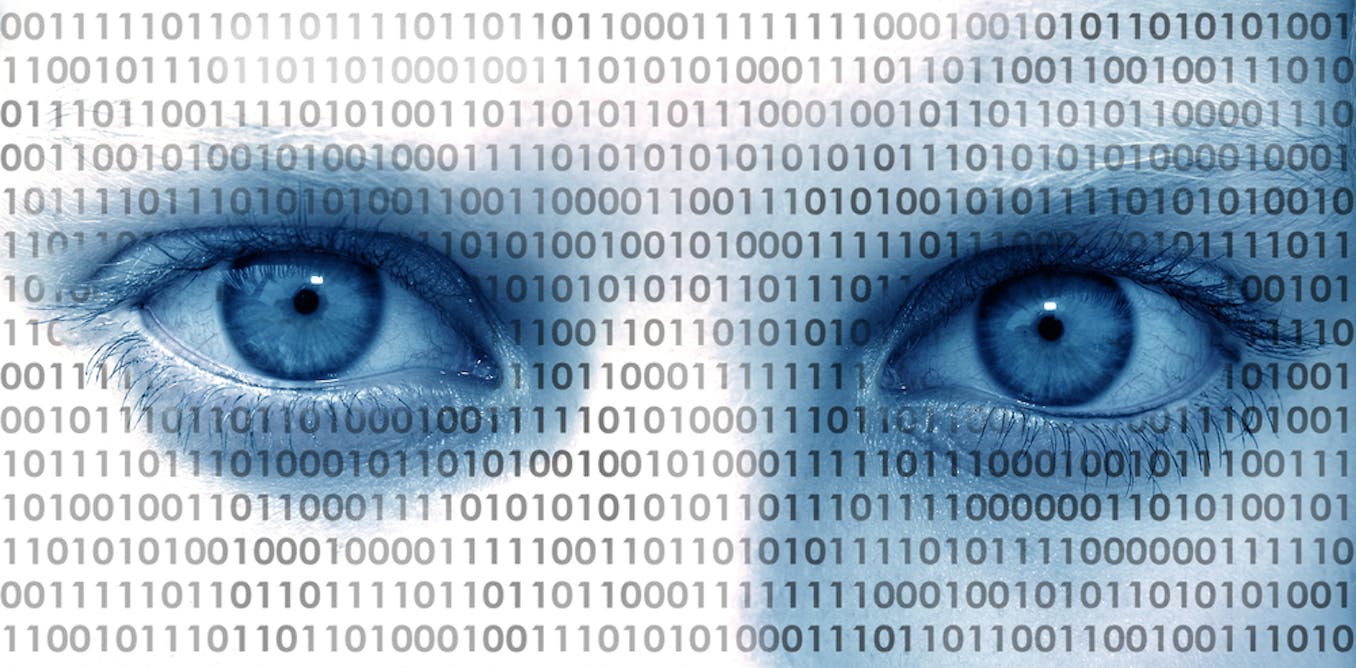theconversation.com: The term “big data” may bring to mind swaths of private information held by tech companies. But lots of big data is, in fact, visible to all – we just may not think of it as “data”.
If you’ve been to the movies recently, you will have seen a dataset of credits – listing the cast and crew members alongside their roles. While the credits from any one film may not be that useful, the credits from every film can form a big dataset. At Nesta and the PEC (a new policy and evidence centre for the creative industries), we have been exploring how these types of non-confidential big datasets can shine new light on gender representation in the creative industries.

2 comments:
Gender representation in film has always been unequal. But the industry has made huge strides in the past few years. We now see more and more female leads on screen, female characters that have importance in a story. An example that comes to my mind is the emergence of female superhero movies produced by DC and Marvel. It’s really exciting to feel represented. But it shocks me to see the data back in 2016. Only 36% of screen time was designated to female characters in 2016 among 100 of the highest-grossing films. That is unbelievingly low. Although the film industry is moving forward, as we can clearly see now, there still is so much work to be done. I want to emphasize part of this work that needs to be done, also mentioned in the article: we need to represent non-binary genders and transgender people more and make them feel represented too. One question I have is how is gender representation behind the scenes in the teams working to create films? There seem to be limited studies on this.
The disparity between male and female workers in creative industries is not new, it is this way and always has been. What's important is that the situation is improving. The film industry is seeing a marked increase in women on screen not just as minor or supporting characters, but as major characters and in lead roles, including many of Marvel's superhero movies and Ari Aster's films. Even the backstage scene is seeing more and more of women, especially women of color, such as directors Ava DuVernay and Shonda Rhimes, and storyboard artists like Jane Wu, as mentioned in an article titled "Production Artist Jane Wu Smashes Glass Ceiling With Her Work on Action Movies." One thing I particularly liked about this article regarding gender imbalance is its inclusion of non-binary genders and the inaccuracies of assuming gender identities and how those inaccuracies may impact big data surveys such as this one.
Post a Comment